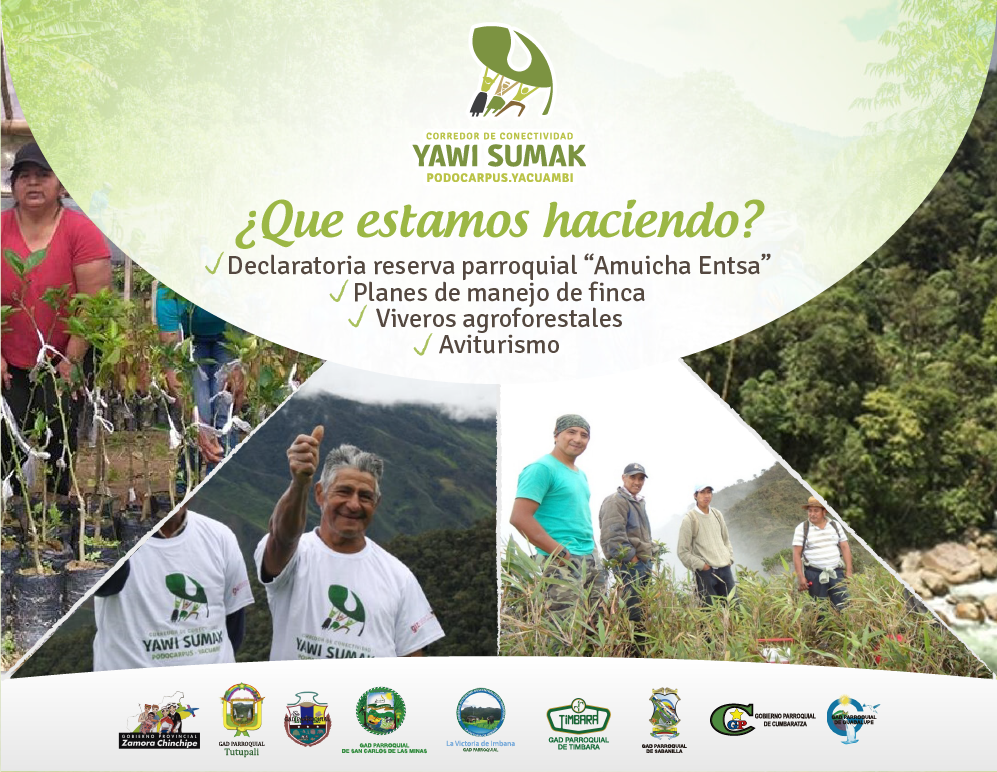The communication strategy to disseminate the importance and actions of the CPY must be inclusive and innovative, through the creation of a brand and key messages to transmit each year to cyclists, participants should easily identify the main objective of the initiative.
In this sense, we create advertising products such as: press conference, advertising, infographics, maps, posters, jersey, buff, medals that are disclosed during the promotion and the development of events through digital platforms and social networks: website, facebook, twitter, etc. .).
Another space to spread the concept of cycling is that during the tour there are strategic stops for hydration, healthy and natural snacks for cyclists; These spaces are used by local governments and communities to promote the products of their agrobiodiversity and bioemprendimientos.
To socialize the concept of sustainability, during the advertising campaign on social networks, it is indicated that the food will be delivered in sustainable containers (banana leaves) and that the hydration will be delivered in its reusable bottles (plastic bottles should not be used).
Define a clear concept that we want to spread among cyclists.
Maintain the commitment of local governments to promote the products of their agrobiodiversity.
Establish the appropriate communication channels to reach the target group.
Use a registration website for the conceptualization of the event: yawisumak.cicloviajerosec.com / www.ciclorutadelagarua.com
Have a creative graphic designer and aware of the objective to be transmitted.
Having a concept of the bike-trip encourages interest and increases the participation of cyclists.
The dissemination of CPY concepts in advance during the promotion of the event is essential to sensitize cyclists.
The website and social networks are key platforms to have a national reach.
Having a good quality photographic record allows the participants to identify themselves in social networks, tag and share the photos and the message of the event once the event is over.
